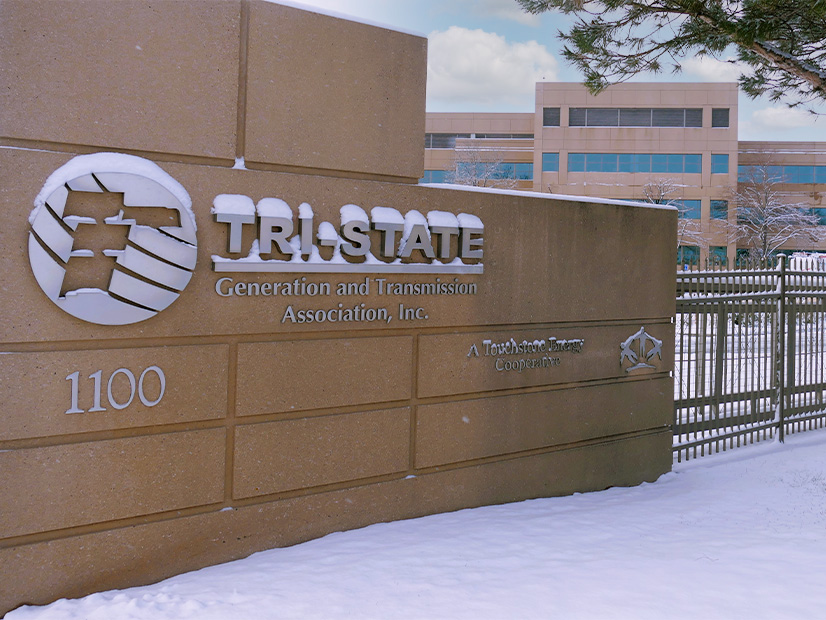FERC Picks ‘Balance Sheet Approach’ Exit Fee for Tri-State Members
Dec 20, 2023
|
FERC issued an order ending a couple years of litigation over what Tri-State can charge its exiting members, picking a "Balance Sheet Approach" initially proposed by departing member United Power and then modified by commission staff.



